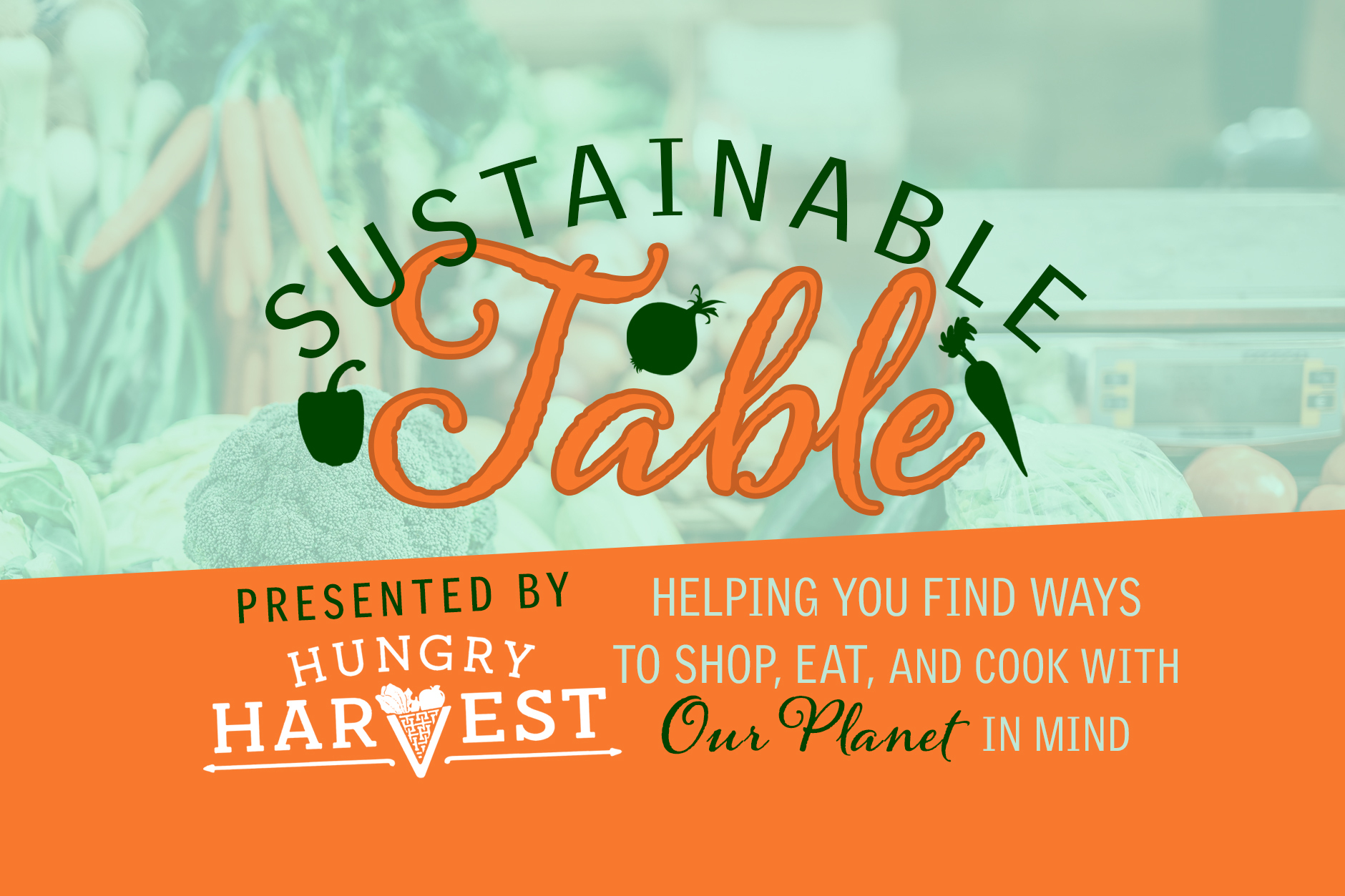
As hard as we try, food waste does happen – forgotten leftovers in the back of the fridge or food stamped with yesterday as the expiration date that we’re fearful to eat. Unfortunately, even with good intentions, U.S. households waste a staggering 76 billion pounds of food per year. Wasted food costs each American an average of $1800 annually, and according to a report from the United Nations Intergovernmental Panel on Climate Change, collectively food waste is the single largest component of solid waste in U.S. landfills.
In his book “Rubbish! The Archaeology of Garbage,” William Rathje explains that when trapped in plastic trash bags at landfills, food waste has limited exposure to oxygen and rather than decomposing it “mummifies,” releasing significant amounts of methane – a greenhouse gas 21 times more harmful to the atmosphere than carbon dioxide.
However, we are not powerless to food waste. With Earth Day approaching in just slightly over a week, it’s a great time to refocus on reducing food waste in your own kitchen. Here are five easy ways to do so:
- Plan Your Meals. Be purposeful in planning to use everything you buy. This will save you both time and money– consider using your digital calendar or planner to write out which meals you plan to make each day of the week. And don’t forget to utilize leftovers! UNC Dining Services’ registered dietician Kelli Wood also recommends keeping staple foods on hand in your kitchen like rice, pasta, beans, and bread.
“These products have a long shelf life,” said Wood. “And they can complete most meals, allowing more flexibility in cooking with foods that are about to go bad.”
Having these dry staples on hand can be really helpful in getting creative with items in your fridge that didn’t fit perfectly into your week’s meal plan.
- Store your food properly. Not all produce should be stored in the fridge necessarily– sometimes, it can make fruits and veggies ripen too quickly and become unable to be eaten. Hungry Harvest has put together a great reference guide for learning how to properly store all your favorite items. Being conscious in how you store food is a great way to avoid ultimately wasting it.
- Cook with scraps. Take advantage of every part of your produce from root to leaf. There are lots of ways to take advantage of produce when you reimagine only using it in its original form. Veggie scraps are great for homemade stocks for flavorful soups. Overripe fruits are perfect to blend into a smoothie. Berries, which seem to go bad in the blink of an eye, can be easily made into jam– many recipes don’t even require canning.
- Save it to savor it. Clock ticking to use up your produce? Buy yourself some time by freezing, dehydrating or preserving fresh fruits and vegetables for use at a later date. Also, as UNC’s Kelli Wood reminds us, “Best-By” dates are different from expiration dates. Just because the “Best By” date has passed does not mean the item needs to be thrown away.
- Start Composting! Composting is a great way to reduce food waste’s negative effects on the environment. Orange County Solid Waste Management estimates that 46% of waste sent to landfills in the area could be composted. Compost is usually sold to local landscaping and public works companies and is thus also a great way to generate local revenue. Orange County offers many great options for composting locally including food waste drop-off sites, backyard composting and a local pick-up service.
The food waste drop-off sites are free and located at the Eubanks Rd. Waste and Recycling Center, Walnut Grove Church Rd. Waste and Recycling Center and the Carrboro Farmers Market. Orange County’s Recycling Education & Outreach Coordinator, Kyra Levau, explains that residents often worry about starting to compost and doing it incorrectly.
“Backyard composting can seem complicated and intimidating but it’s not as hard as it looks, especially once you’ve learned the basics,” said Levau. “Composting can open the door to other opportunities and passions such as gardening, growing your own food, caring for plants and teaching others the value of conserving natural resources.”
Another easy way to reduce food waste is to save it at the source. Hungry Harvest produce delivery rescues farm fresh fruits, vegetables and pantry staples and brings them right to your door. Customizable boxes are available in a variety of sizes and options, including organic, and start at just $15. Every Harvest saves at least 10 pounds of produce from going to waste and helps support the work of local hunger-solving organizations, including PORCH in Chapel Hill, as well as Hungry Harvest’s own pandemic relief initiatives. Since 2014, Hungry Harvest has reduced over 27 million pounds of food waste and donated or subsidized over 1.7 million pounds of produce to partner organizations and through their own food access programs.
For more information or to check out what Hungry Harvest has to offer, head over to hungryharvest.net. Use code CH50 for half off your first harvest.



